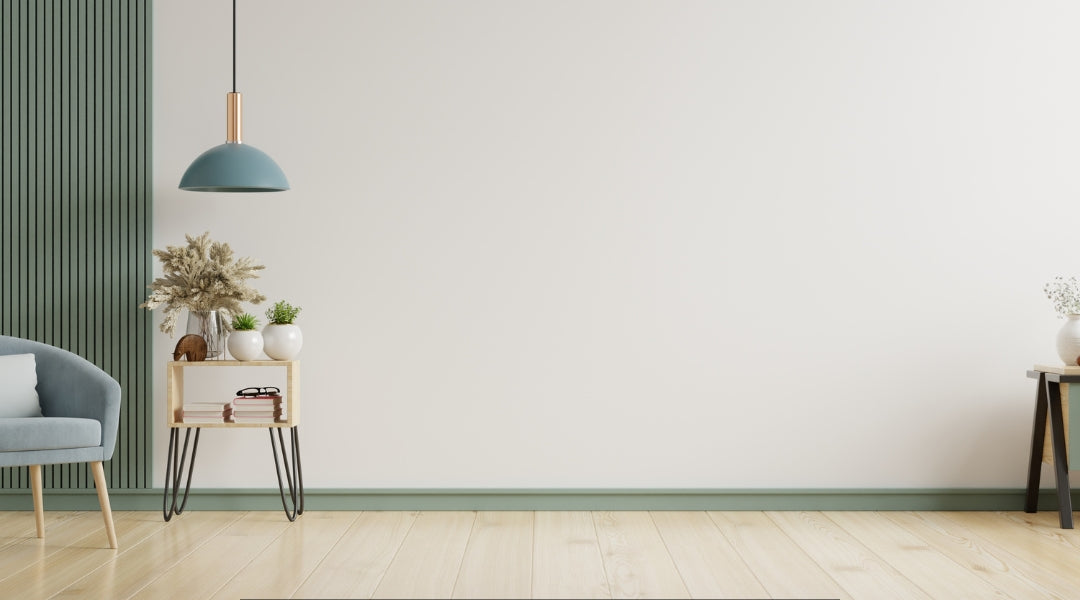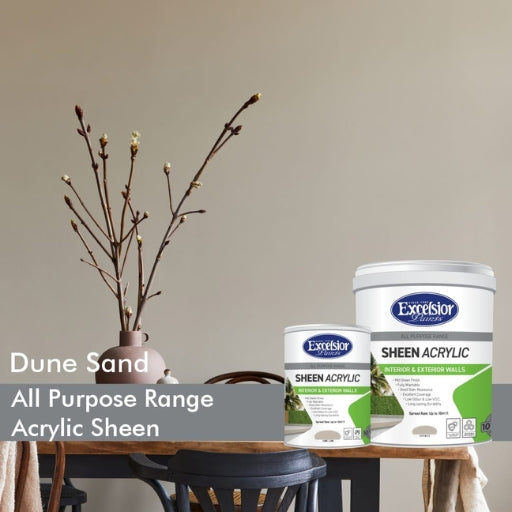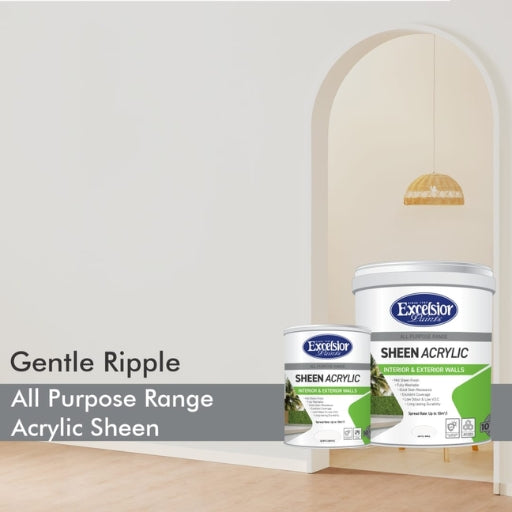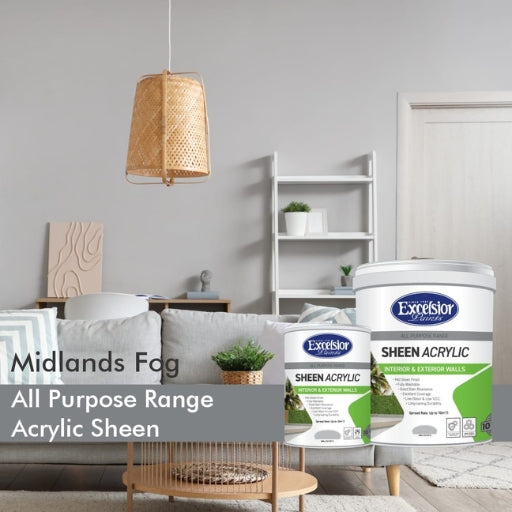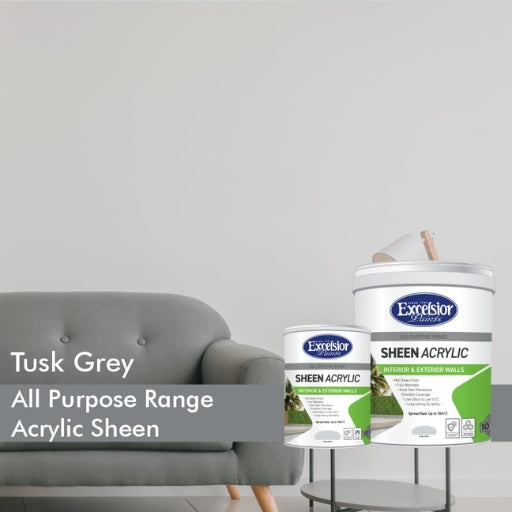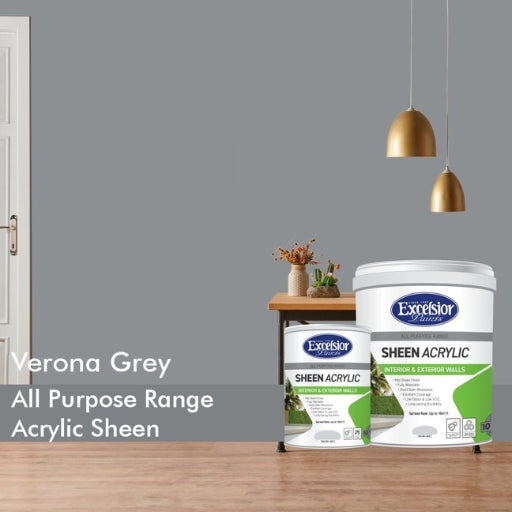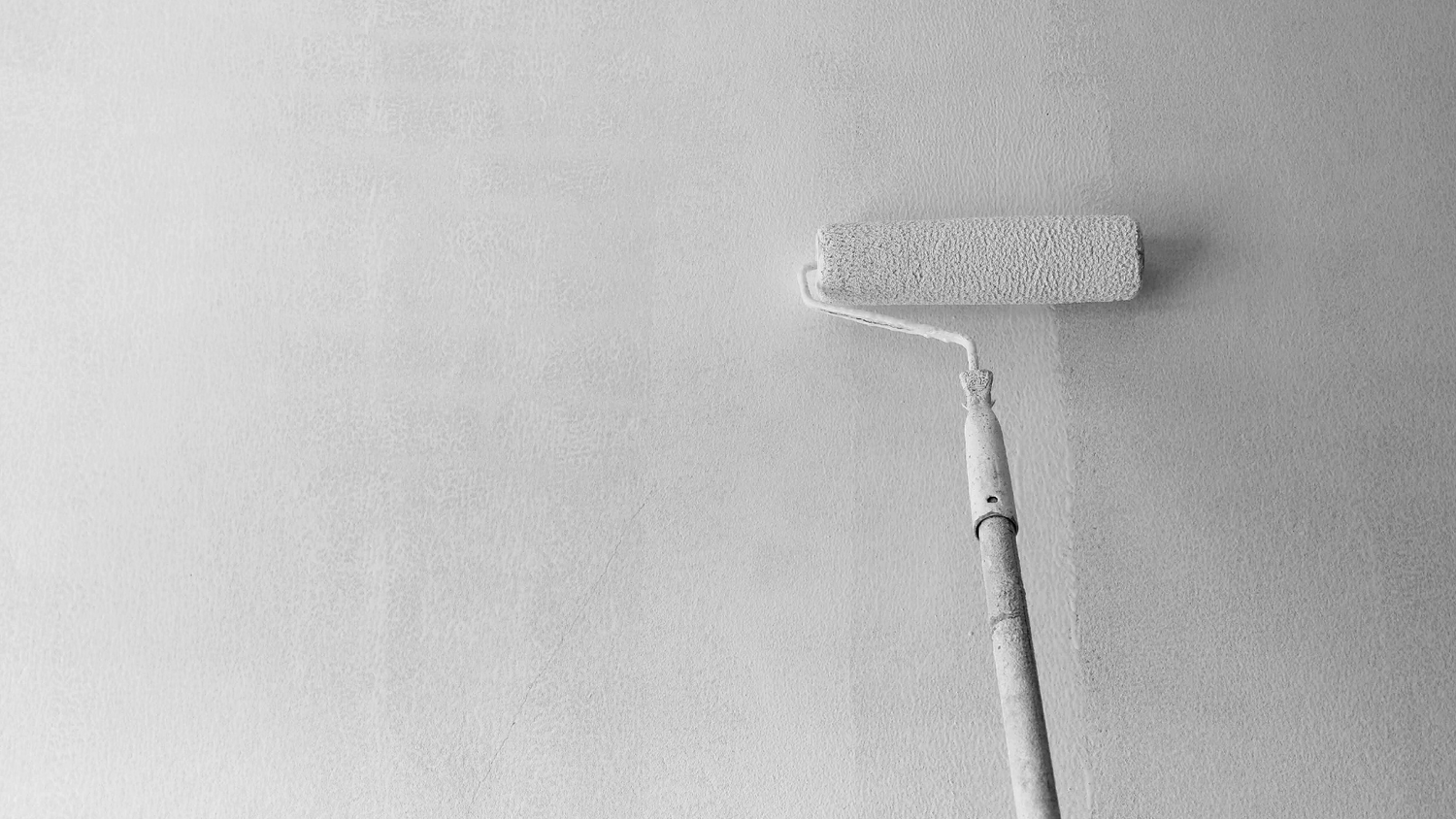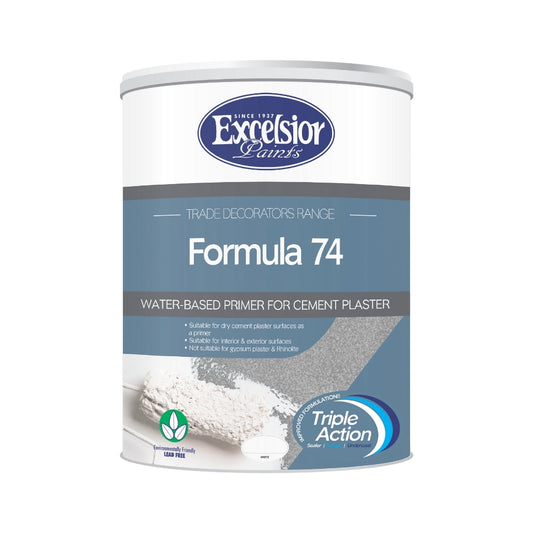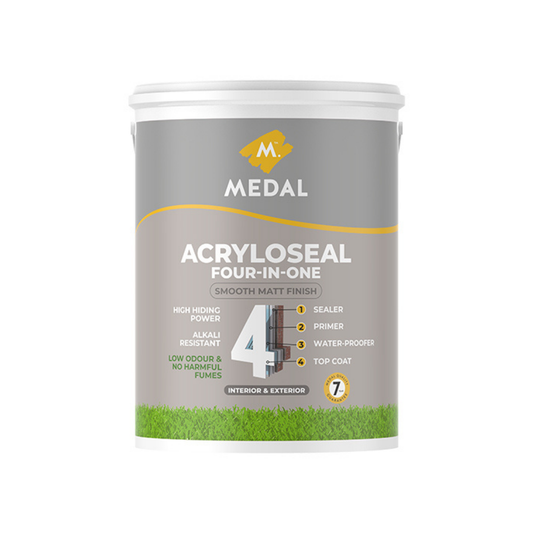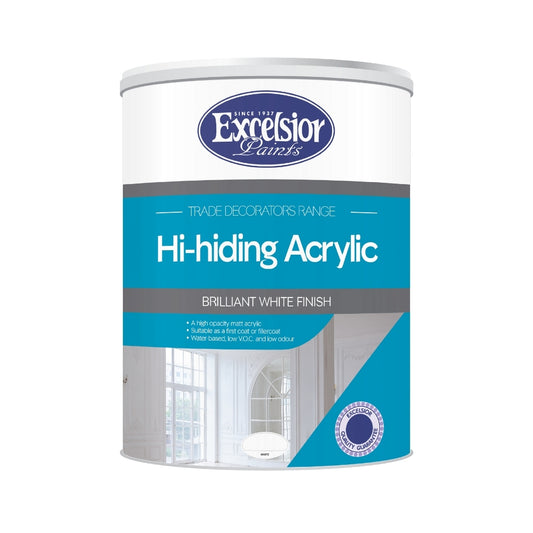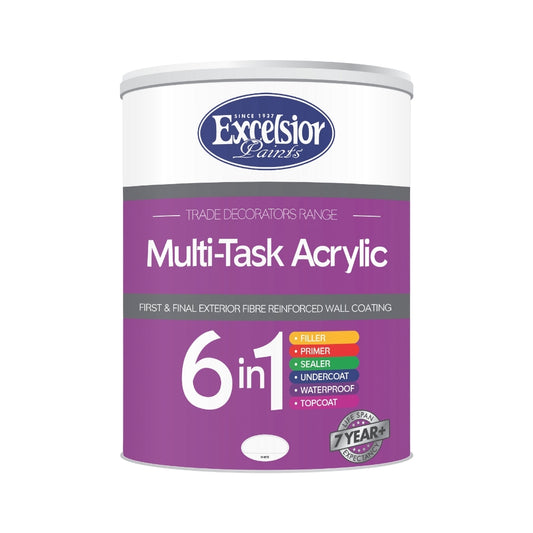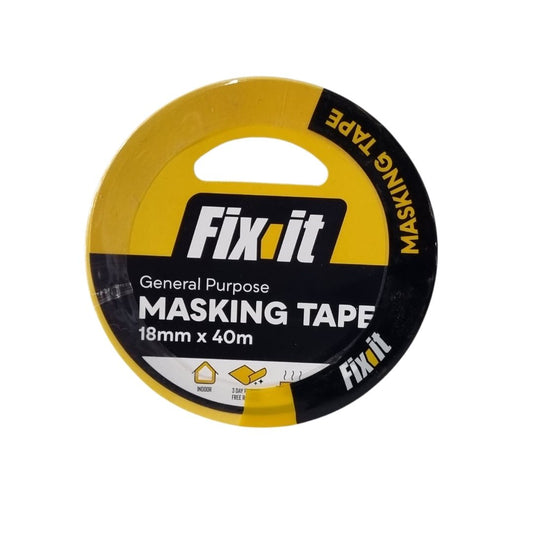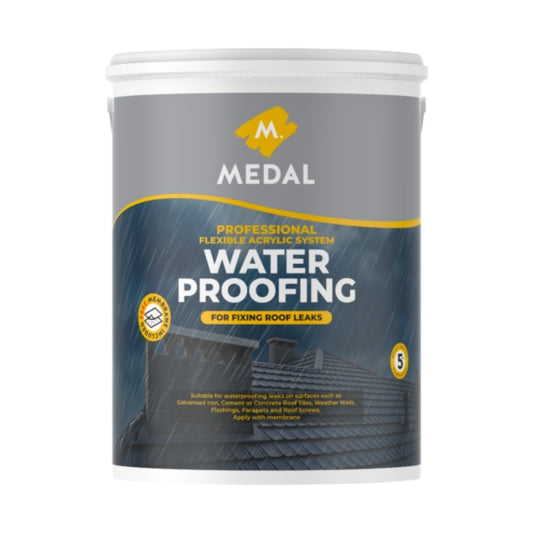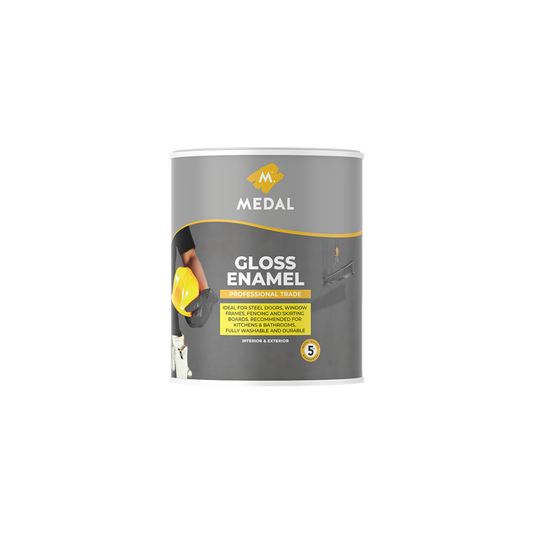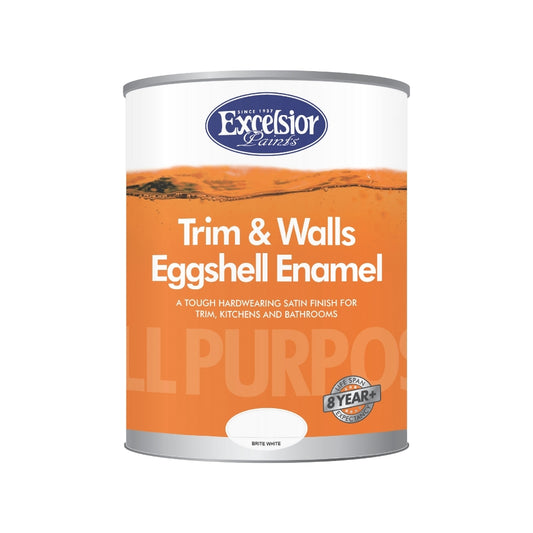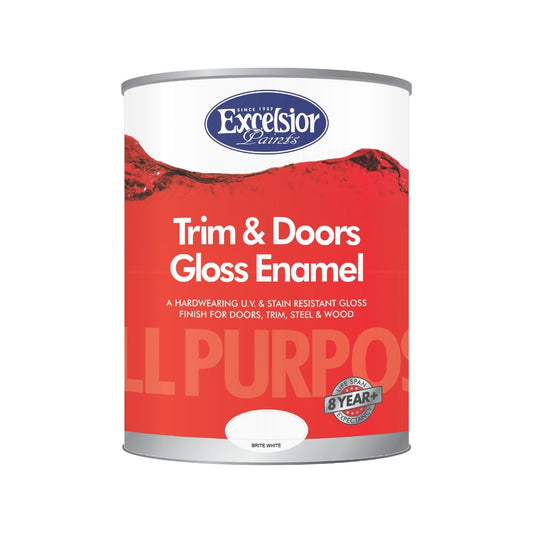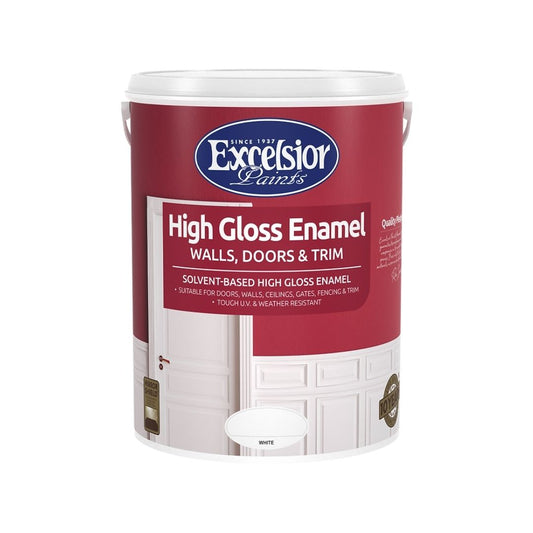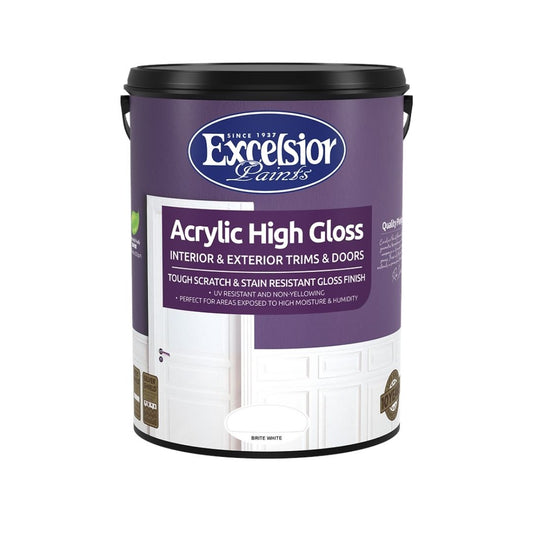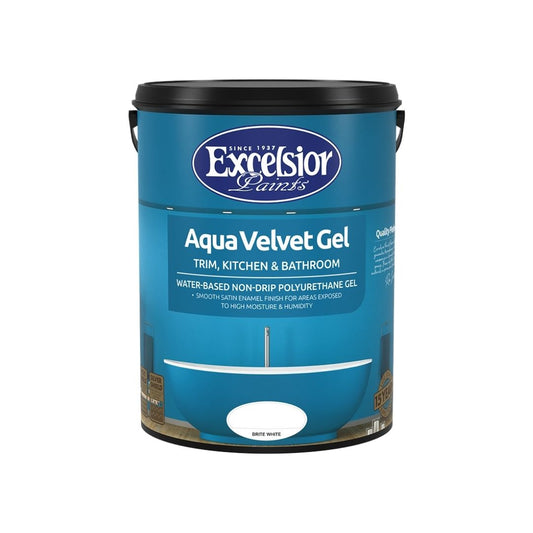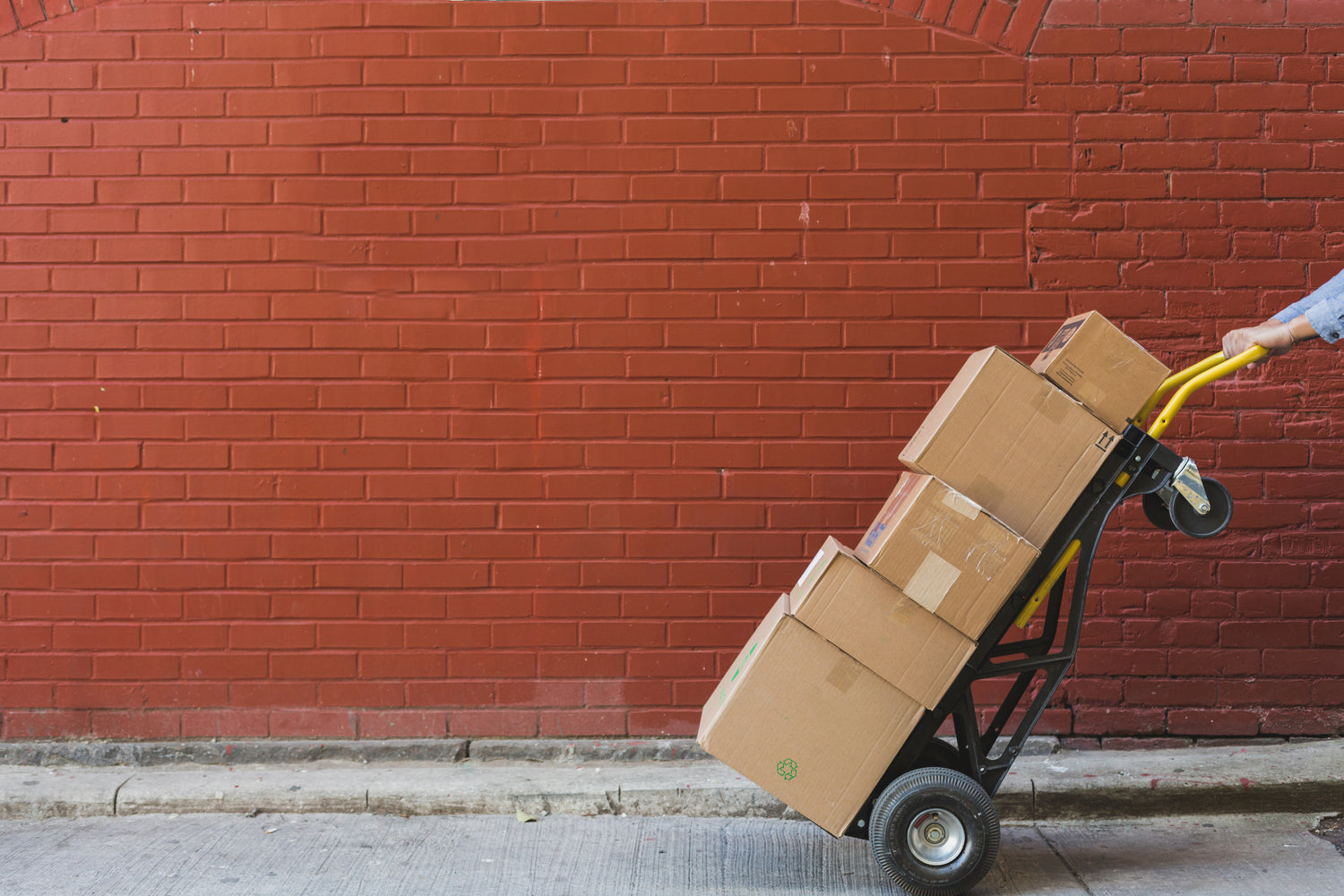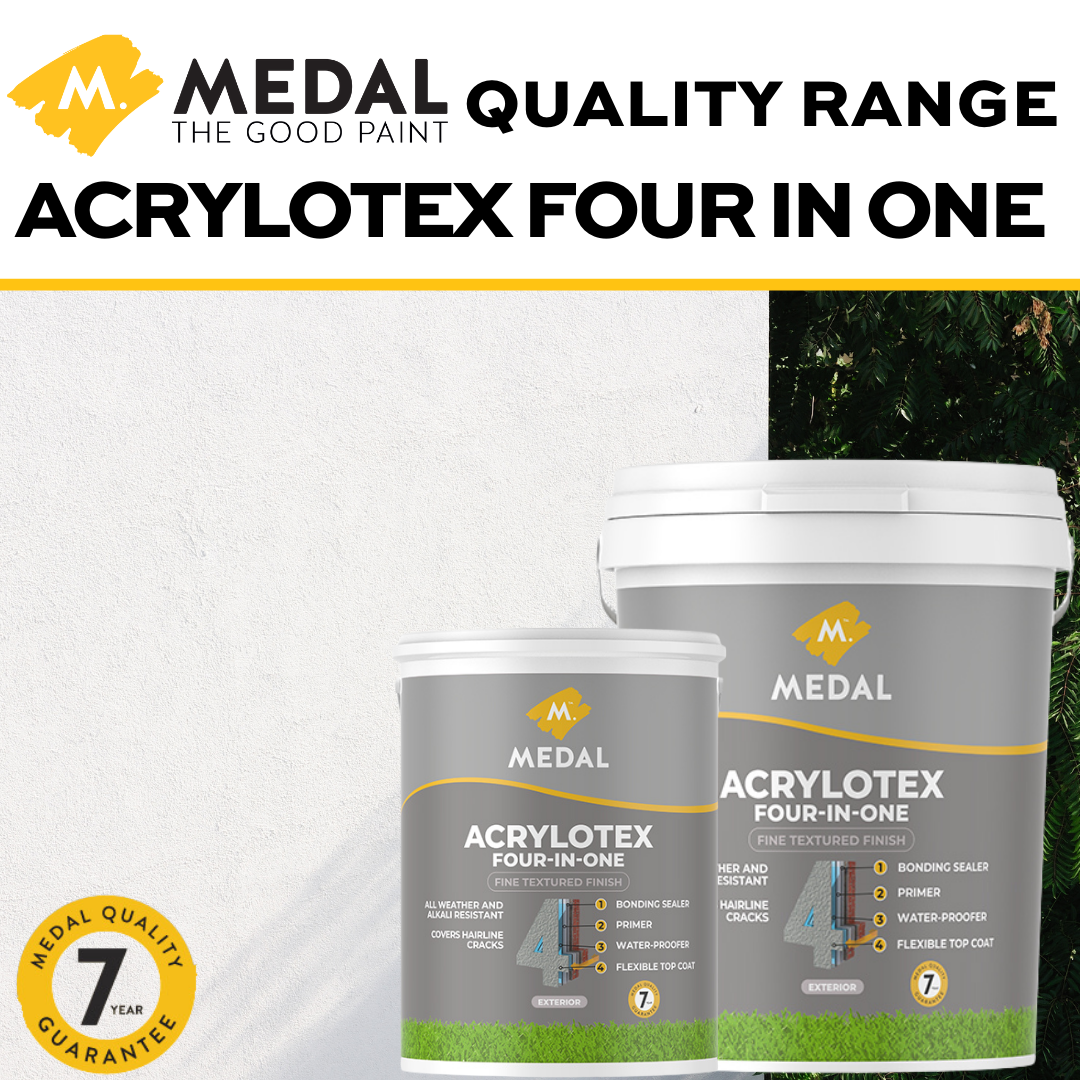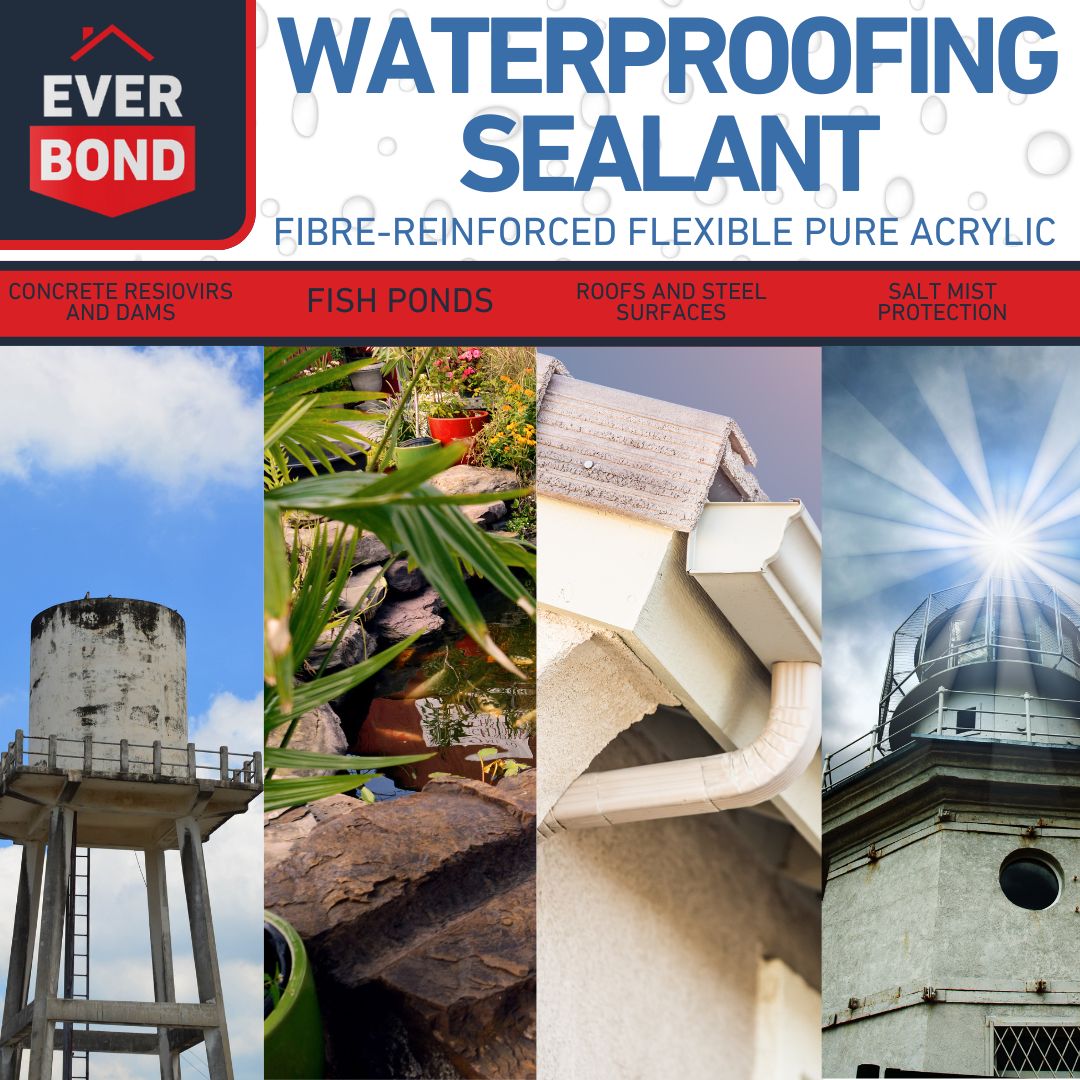You will not be allowed to compare more than 4 products at a time
View compareTips, Guides and Tricks
Opening Promotions
Excelsior Trade Decorators Formula 74 - Plaster Primer
Regular price
R 325.00 ZAR
Sale price
R 325.00 ZAR
Regular price
R 0.00 ZAR
Unit price
per
Medal Acryloseal Four in One - Matt Smooth Finish
Regular price
R 290.00 ZAR
Sale price
R 290.00 ZAR
Regular price
R 399.00 ZAR
Unit price
per
27%OFF
Excelsior Trade Decorators Hi-Hiding Acrylic - Matt Finish
Regular price
R 199.00 ZAR
Sale price
R 199.00 ZAR
Regular price
R 199.00 ZAR
Unit price
per
Excelsior Trade Decorators Multi Task Acrylic - Six in One
Regular price
R 447.00 ZAR
Sale price
R 447.00 ZAR
Regular price
R 1,199.00 ZAR
Unit price
per
62%OFF
Fix-it General Purpose Masking Tape
Regular price
R 17.00 ZAR
Sale price
R 17.00 ZAR
Regular price
R 25.00 ZAR
Unit price
per
32%OFF
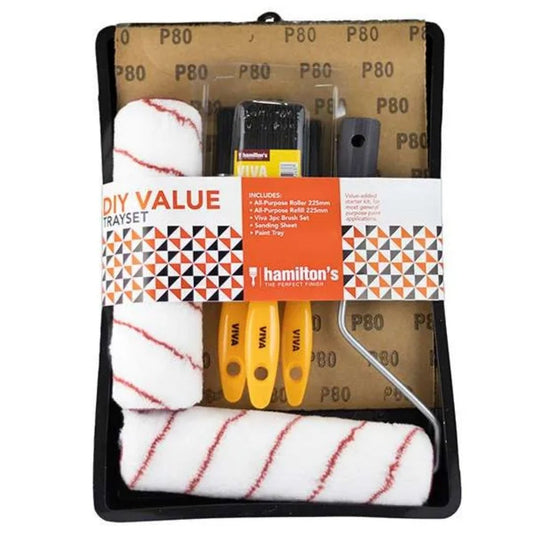
OFF 19%
Hamilton DIY Value Trayset Combo
Regular price
R 120.00 ZAR
Sale price
R 120.00 ZAR
Regular price
R 149.00 ZAR
Unit price
per
19%OFF
Medal Professional Waterproofing - Flexible Acrylic
Regular price
R 79.00 ZAR
Sale price
R 79.00 ZAR
Regular price
R 0.00 ZAR
Unit price
per
Medal Professional Gloss Enamel - Gloss Finish
Regular price
R 145.00 ZAR
Sale price
R 145.00 ZAR
Regular price
R 0.00 ZAR
Unit price
per
Excelsior All Purpose Trim & Walls Eggshell Enamel - Satin Finish
Regular price
R 199.00 ZAR
Sale price
R 199.00 ZAR
Regular price
Unit price
per
Excelsior All Purpose Trim & Doors Enamel - Gloss Finish
Regular price
R 125.00 ZAR
Sale price
R 125.00 ZAR
Regular price
Unit price
per
Excelsior Premium High Gloss Enamel - Gloss Finish
Regular price
R 155.00 ZAR
Sale price
R 155.00 ZAR
Regular price
Unit price
per
Excelsior Premium Acrylic High Gloss - Gloss Finish
Regular price
R 215.00 ZAR
Sale price
R 215.00 ZAR
Regular price
Unit price
per
Sold out
Excelsior Premium Aqua Velvet Gel - Sheen Finish
Regular price
R 215.00 ZAR
Sale price
R 215.00 ZAR
Regular price
Unit price
per
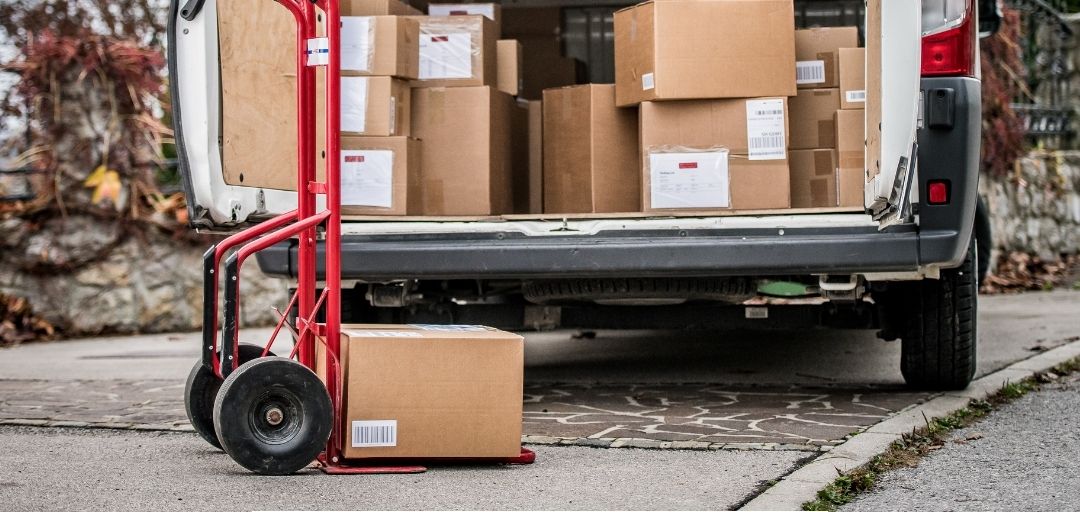
Delivered To Your Door
Transform Your Home with Ease - Order Paints Online for Delivery Anywhere in South Africa.

